-
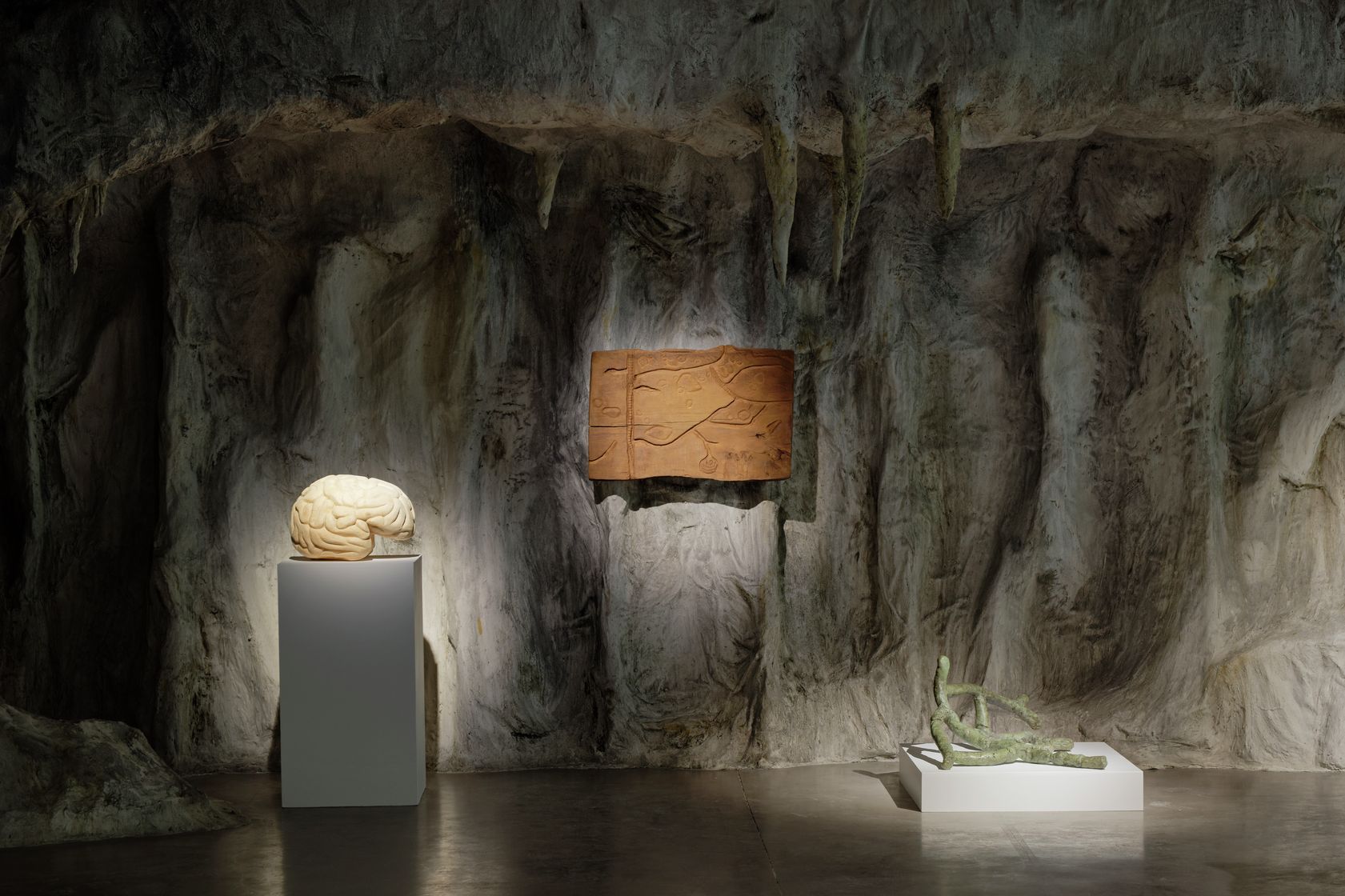 1/10
1/10
Laurent Le Deunff, My Prehistoric Past
-
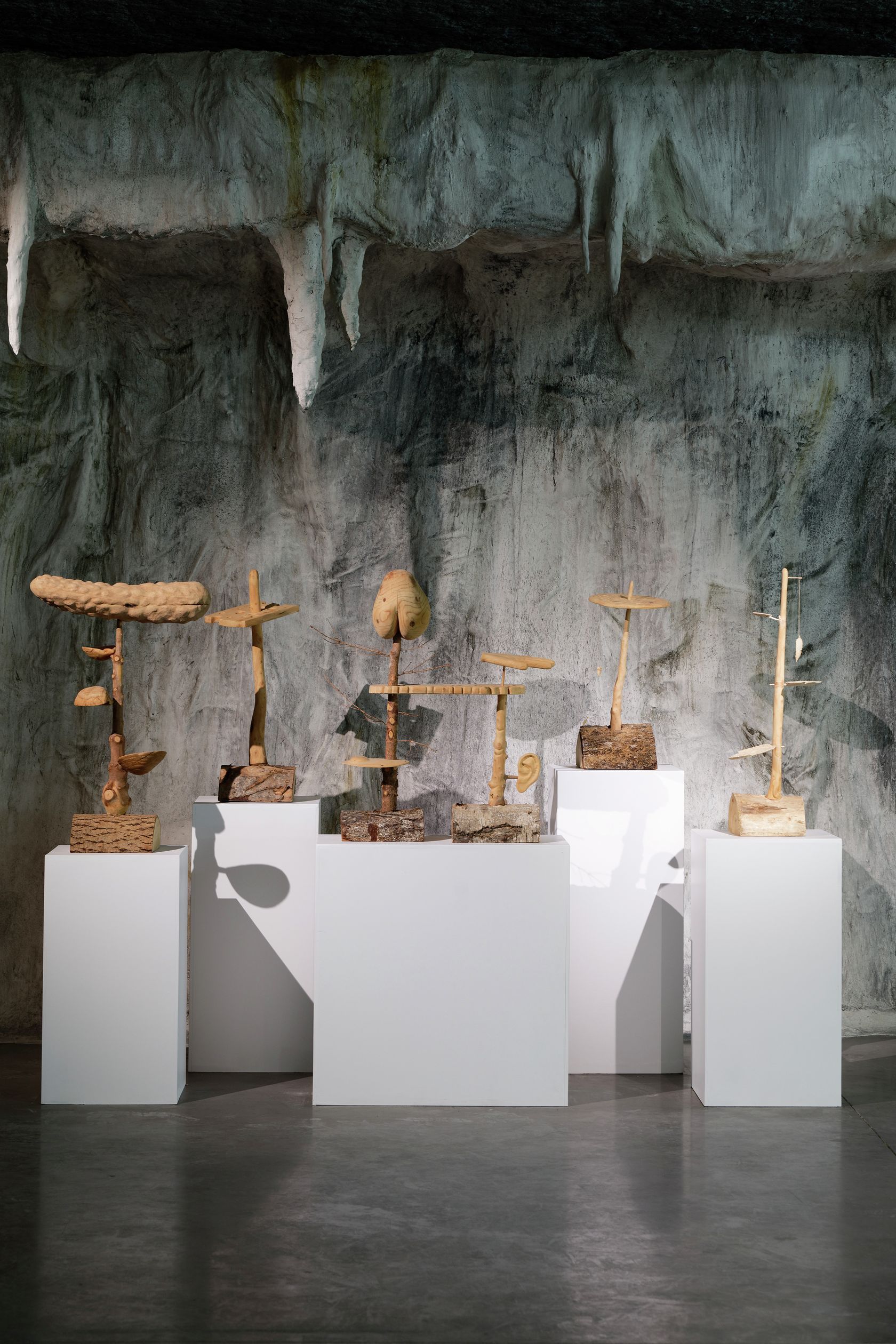 2/10
2/10
Laurent Le Deunff, My Prehistoric Past
-
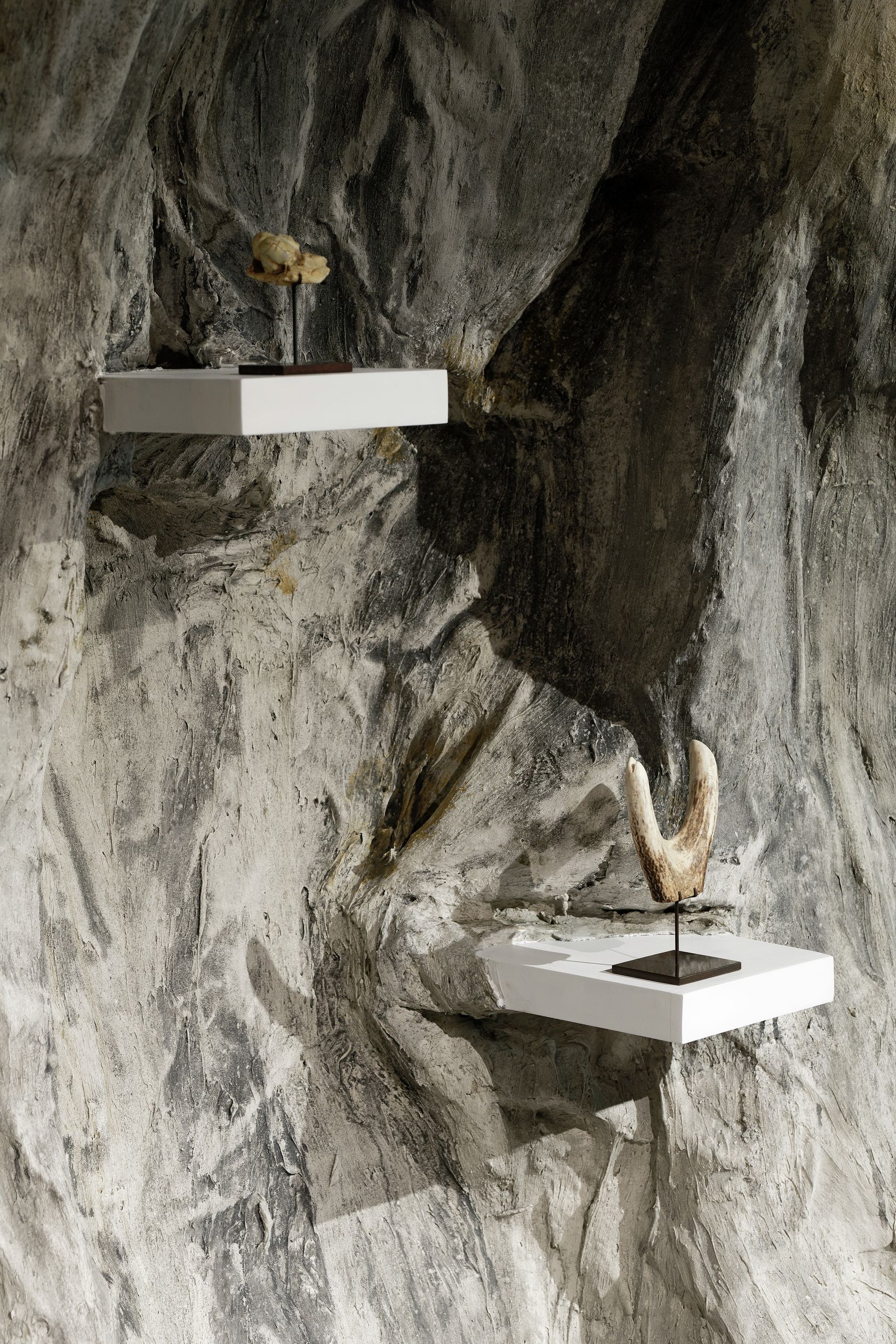 3/10
3/10
Laurent Le Deunff, My Prehistoric Past
-
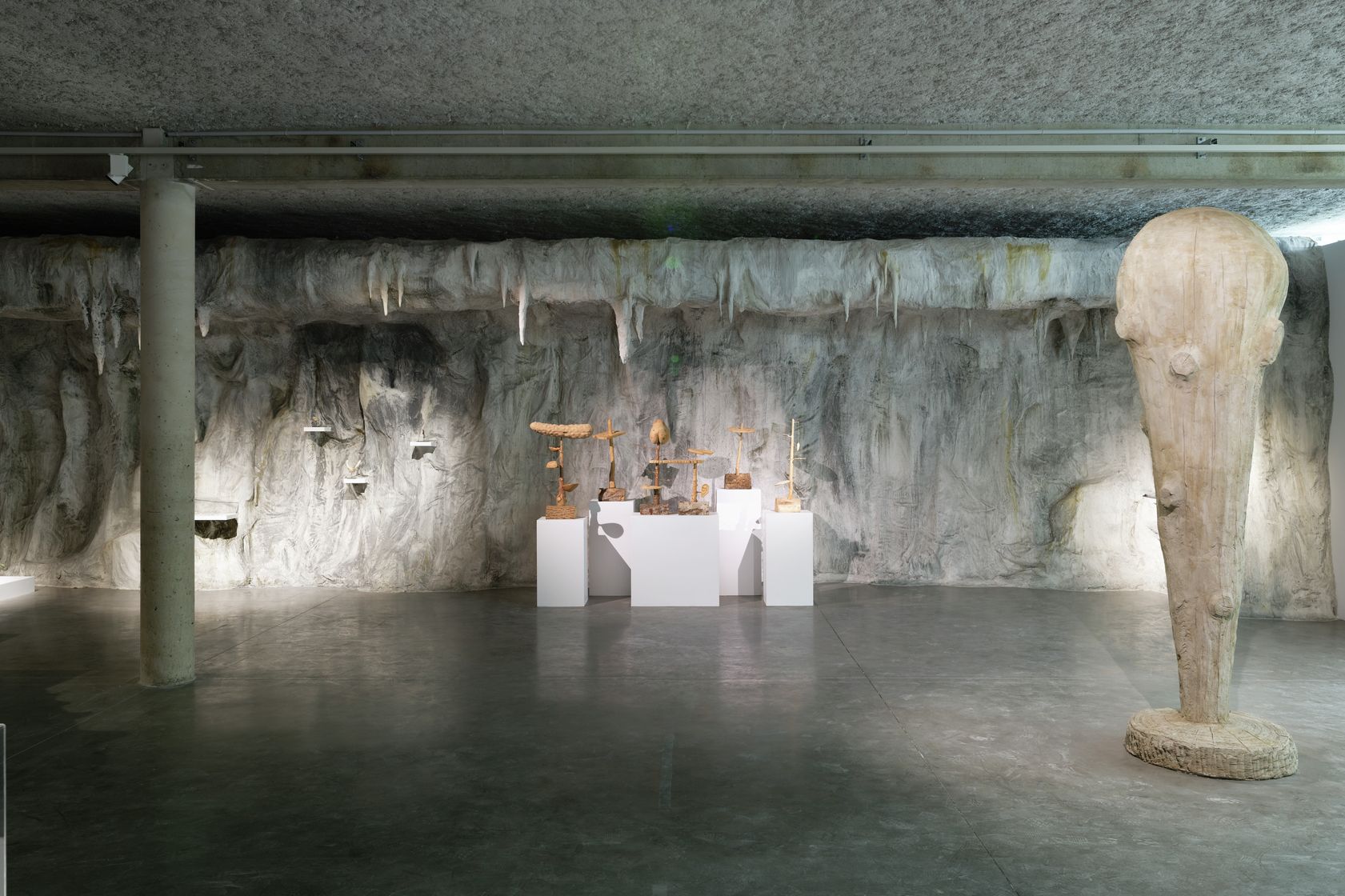 4/10
4/10
Laurent Le Deunff, My Prehistoric Past
-
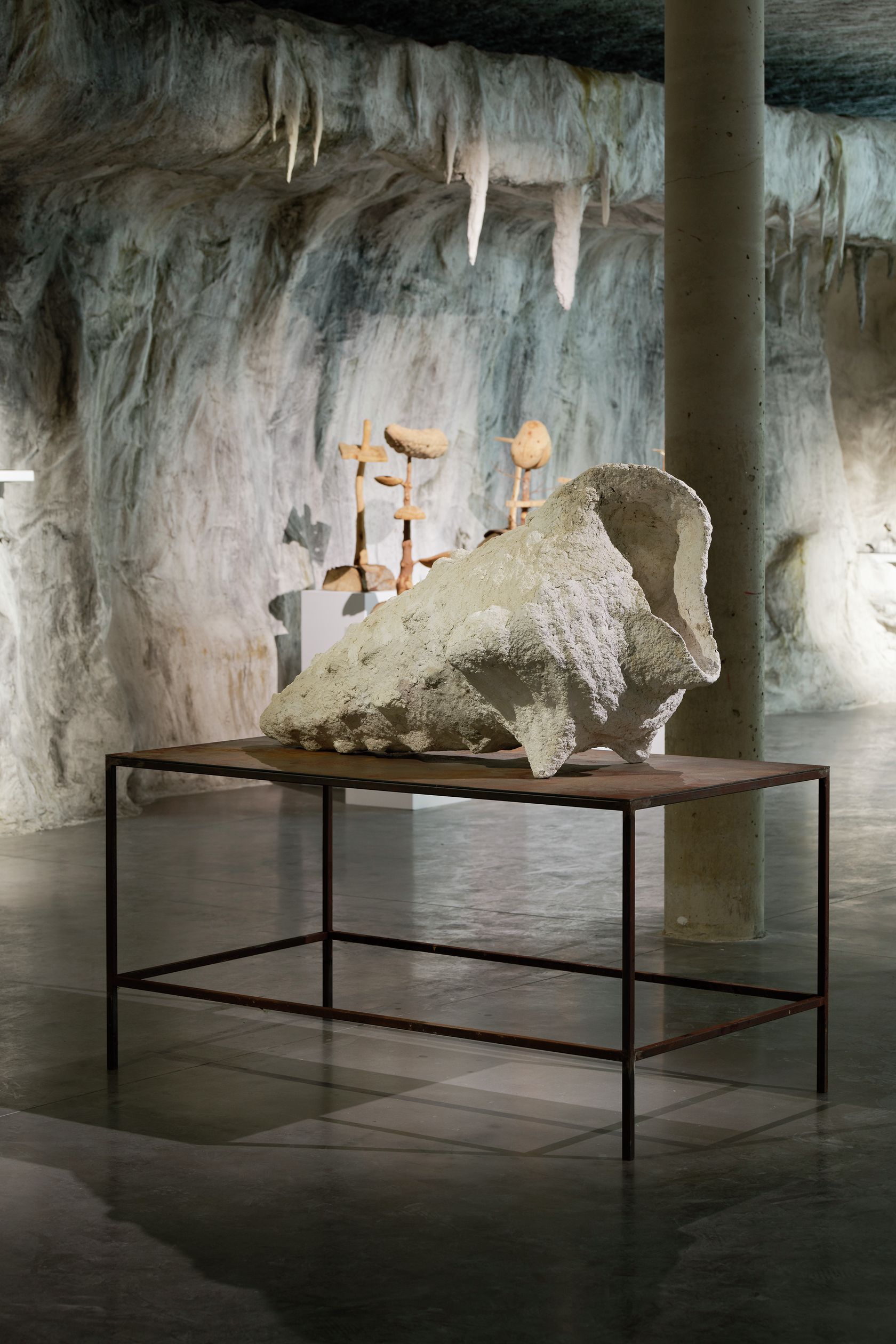 5/10
5/10
Laurent Le Deunff, My Prehistoric Past
-
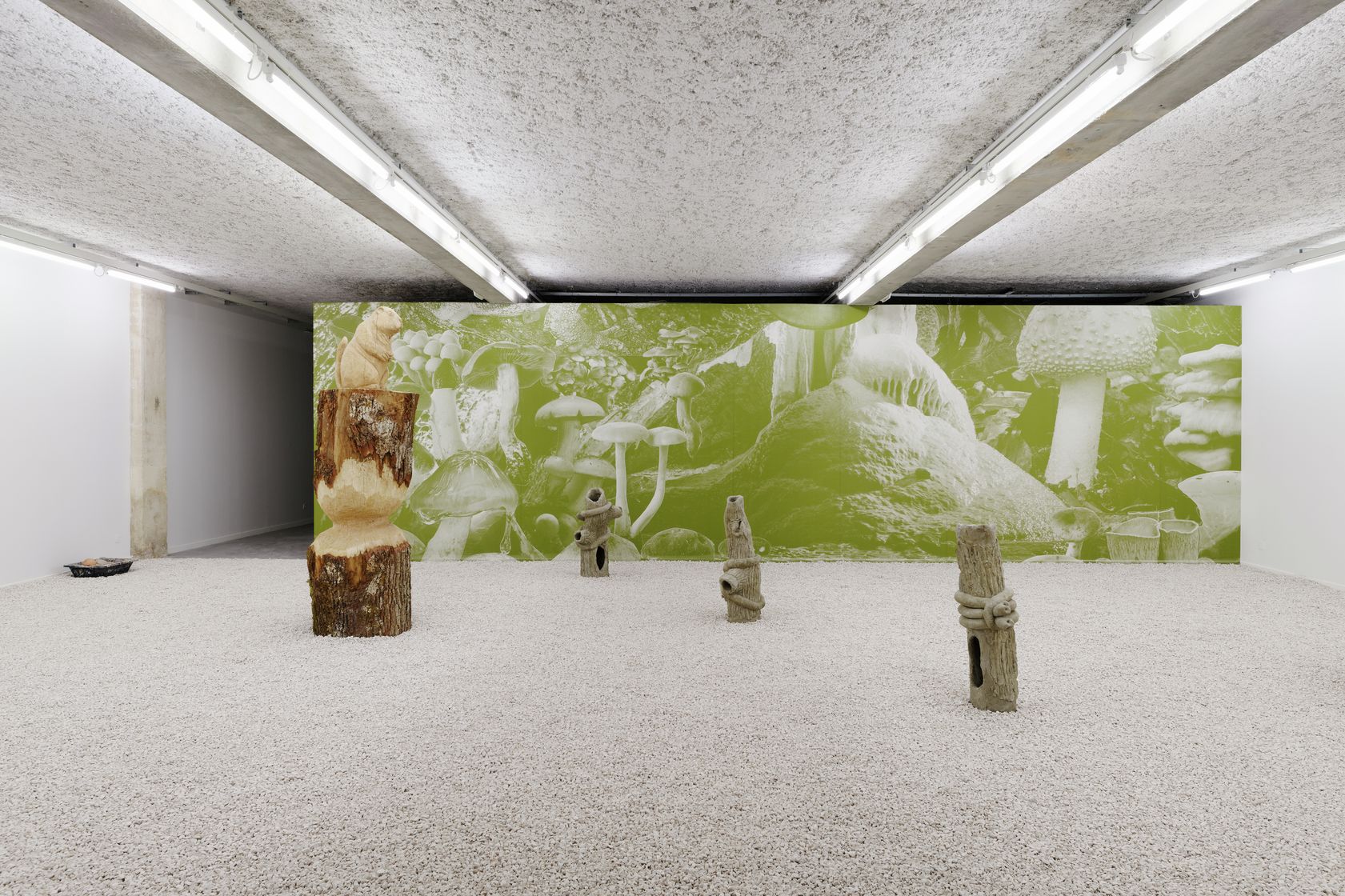 6/10
6/10
Laurent Le Deunff, My Prehistoric Past
-
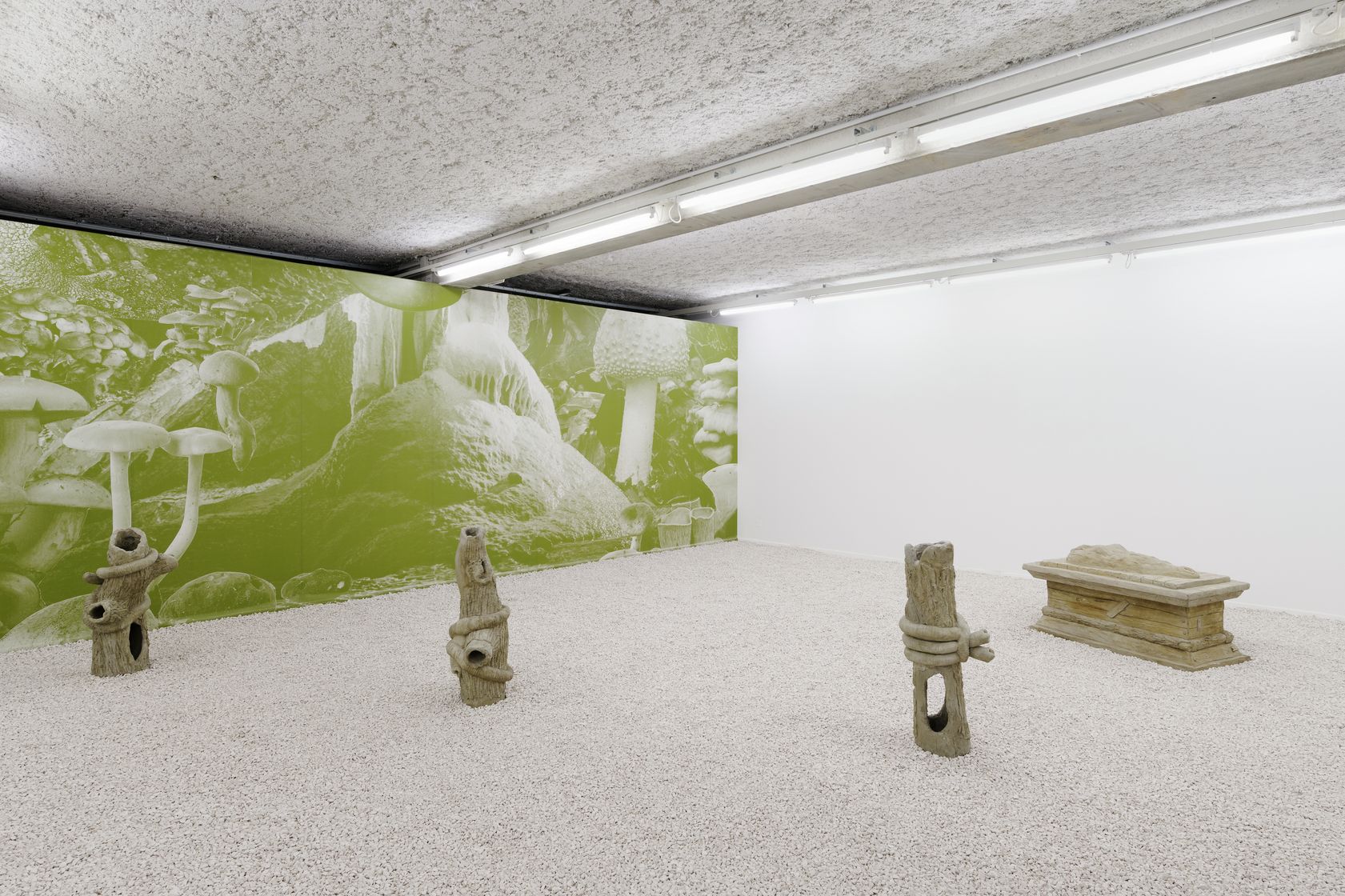 7/10
7/10
Laurent Le Deunff, My Prehistoric Past
-
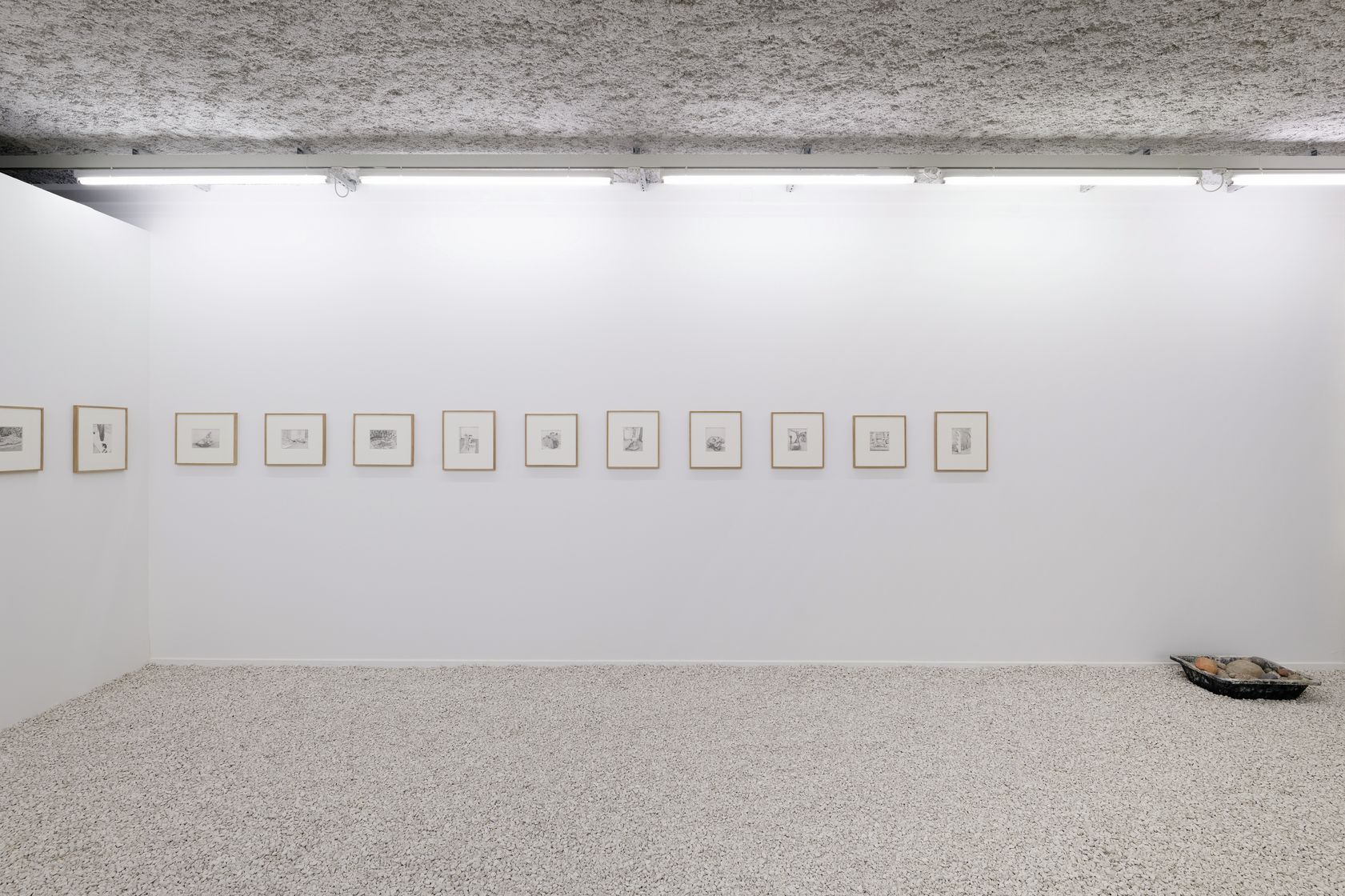 8/10
8/10
Laurent Le Deunff, My Prehistoric Past
-
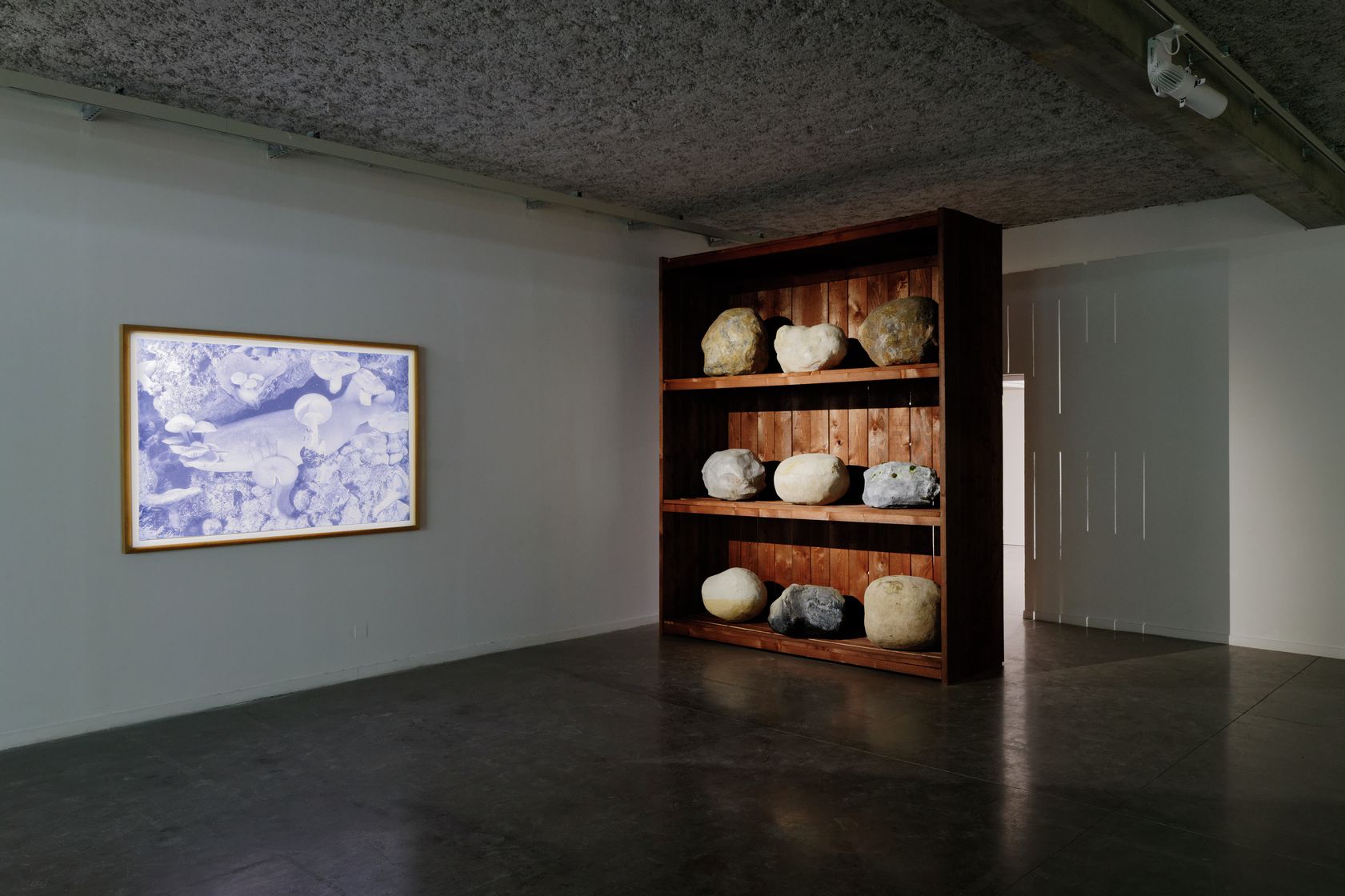 9/10
9/10
Laurent Le Deunff, My Prehistoric Past
-
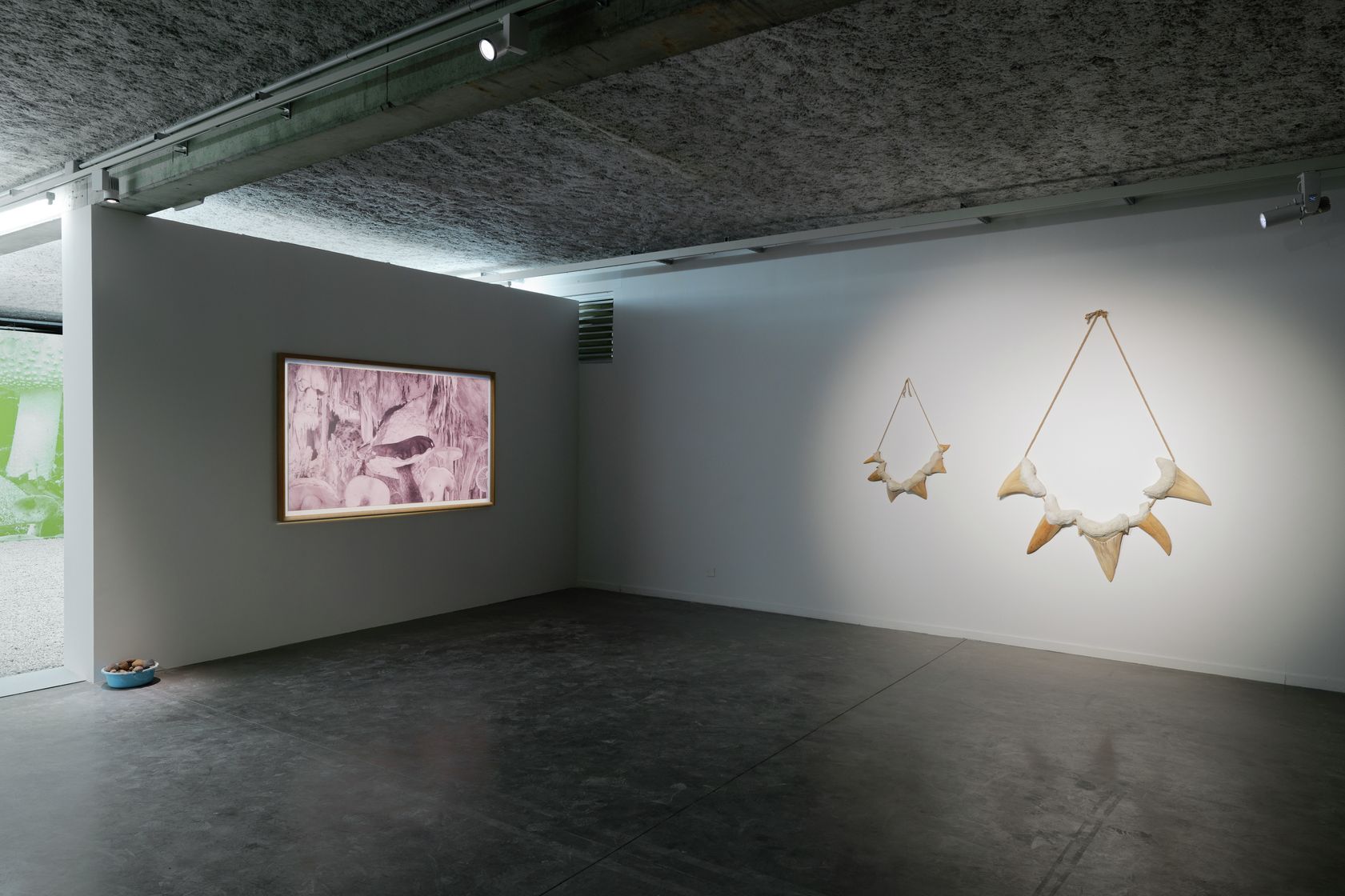 10/10
10/10
Laurent Le Deunff, My Prehistoric Past
The exhibition unfolds like a fable, a pretext to free the imagination and to blur the boundaries between fiction and reality. In this context, My Prehistoric Past is a time machine and an invitation to explore. It is a multidisciplinary account of a culture that abounds with sensitivity, expertise, and ambition. Laurent Le Deunff takes an ironic approach as he presents his archaeology using an infinite universe of created forms. The motifs, figures, and scenes have perceptible relationships with nature, childhood, and craftwork, and together they produce multiple resonances that are both anecdotal and hauntological.1
Laurent Le Deunff likes to transform spaces and play with the graphic conventions of natural history or civilisation museums: dioramas, trompe-l’oeils, curiosity cabinets, tapestries... The design of the exhibition examines the “fake” and the links between the artisanal and the industrial, the profane and the sacred. The sculptures, drawings, and bas-reliefs play on degrees of scale and are embedded in landscapes to create an immersive environment. The overall exhibition space and the space of the individual works are superimposed and dissociated. My Prehistoric Past is thus presented as a realm of history in the making, an imaginary domain whose goal is not to restore the past but to generate images and stories. The artist develops temporal and narrative layers that overlap and intertwine to create a multi-voiced tale that is similar to a cinematic montage. As a result, the works can be perceived as micro-fictions that leave the final montage to the observer.
In this new setting and scenario, Laurent Le Deunff recontextualises his repertoire of forms (shark, mole, shell...) while experimenting with materials, scales, and perspectives. “I am interested in ancestral forms, as well as the anachronisms they provoke when they meet modern forms. I try to locate the origin,” explains the artist. Playing with forms and techniques (wood sculpture, rockwork, drawing, modelling, collage, etc.), Laurent Le Deunff plays with the “fossilised future of his sculptures” and offers an archaeology of his own work. “The fossil is no longer simply a being that has lived, it is a being that still lives, dormant in its form.”2 The dynamics of the work are thus constructed in a relationship to what is, what is no longer, what becomes, and what returns. Within this inventory of fossilised forms, Laurent Le Deunff proposes a new reading of creative work that was done over a ten-year period.
1. Hauntology is a neologism introduced by the French philosopher Jacques Derrida. It is a portmanteau of haunting and ontology and it designates the accumulation and resurgence of ghostly traces of the past. Here, these traces appear in the creations.
2. Gaston Bachelard (1957), La poétique de l’espace [The poetic of space], Paris, PUF
Curator: Clément Nouet